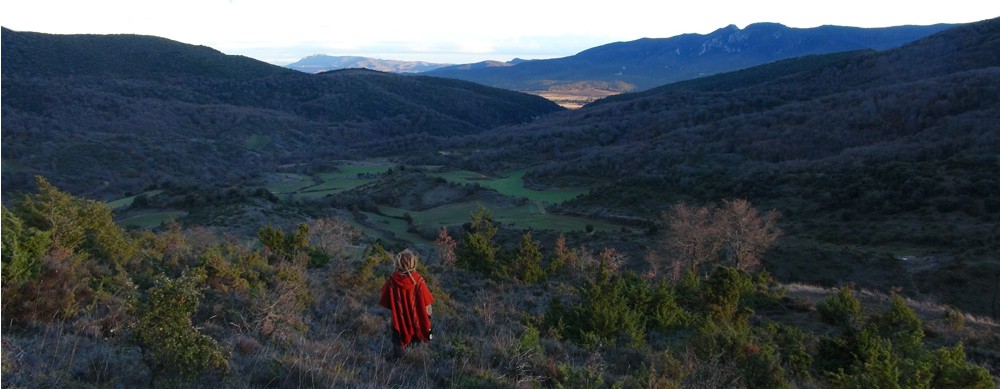The area around Cilento National Park, where we lived during the month of November, is a rocky, mountainous and forested region just south of Naples. Stunted lichen covered pines, slender birches, and bushy silver-leaved evergreen oaks cling to the rocky outcrops while Chestnut and olive groves patchwork the gentler slopes. Little black scorpions and iridescent green lizards run over rocks and drip off the walls. Black kites circle in the sky, looking for carrion, while flocks of goats and herds of mountain cattle graze on dry tussocky grasses, the sound of their bells are clear in this sleepy land. At night the forests and fields belong to the wild boars that tear up the ground with their tusks in search of food, while silent foxes seek out sleeping chickens.
Half collapsing roads, filled with potholes, connect the ancient half abandoned villages that dot the land. Built with the same rock as the mountains, and with faded terracotta roofs, they seem to merge organically with the hillsides and mountaintops on which they’re perched. Many of the villages are fortified with crumbling walls adorned with arrow slits and rifle holes, a reminder of the invading armies that passed through: the Normans, the Spanish, the French, the Italians. Now the walls are overgrown and the wars, forgotten. The village streets are narrow, and one I observed in Gioi was only wide enough for one person to pass. Each village has a fountain and the water gushes from the head’s of gargoyles, lions or cherubs into stone basins. At the top of the steepest mountains are caves going deep into the hillside. In the old time mystics and bandits inhabited these caves, then chapels were eventually built around them, now tourists visit them occasionally and plastic flowers adorn their shrines.
